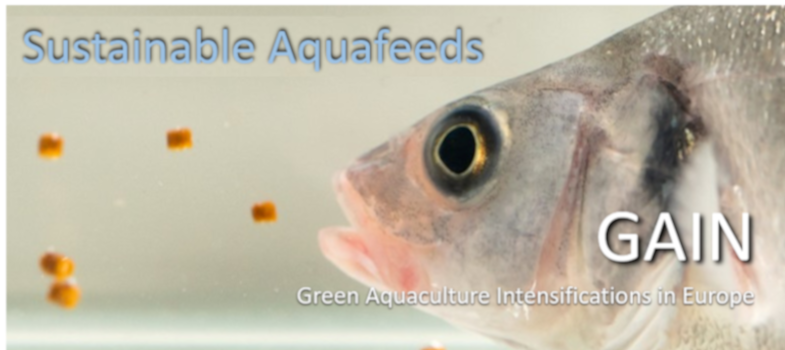Introduction
This unit of the online course on sustainable aquafeeds developed in the framework of the European project GAIN, addresses some of the challenges that the aquaculture sector will face for sustainable growth. We will discuss how feeds are formulated, along with today's need for the development of eco-efficient alternative ingredients. We will also discuss various emergent raw materials that are currently being assessed as novel sources of protein and lipids, and finally, we will present you with some opportunities for functional feeds.
We hope to have highlighted that:
- Aquaculture will be part of the solution for the challenge on how to feed adequately a growing human population that is forecasted to reach 9.7 billion people by 2050.
- Fish are among the most efficient farm animals in converting feed nutrients into edible meat. So, in a resource-constrained world in the future aquaculture is clearly an attractive option to cater to future protein needs.
- Fish are a rich source of valuable nutrients, including highly digestible proteins, several vitamins, some trace minerals, and omega-3 fatty acids. Such nutrients are believed to bring benefits to the immune system, thyroid metabolism, brain development in early ages, and to prevent the development of cardiovascular diseases
- Sea products consumption is rising and also it plays an important role in supplying the needs of protein in low-income countries, with aquaculture being already the main supplier of fish and seafood on a global basis.
- We need to ensure that the huge expected growth of aquaculture production needs to be done sustainably.
